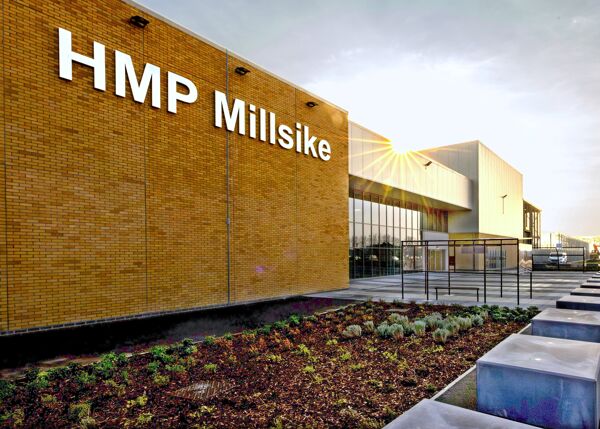
Built in 2003, Christchurch Art Gallery in New Zealand was badly shaken by the earthquakes that hit country’s South Island in 2010 and 2011. As the ground under the 33 000t building liquefied, the building’s seismically designed raft slab foundation protected the main structure but sank unevenly across its 6500m2 plan area up to 182mm, causing secondary structural damage.
In September 2013, owner Christchurch City Council engaged Mainmark−Uretek Ground Engineering NZ Ltd under a NZ$15 million (£7.5 million) NEC3 Engineering and Construction Contract (ECC) option A (priced contract with activity schedule) to strengthen the underlying ground and then re-level the structure.
Although the gallery was closed to the public since the earthquakes, it was occupied by the gallery staff and artworks during the whole 6 month project. As such it was vital to ensure that all building services and ground anchor systems were maintained during the works.
Innovative Technologies
The ground was first strengthened by jet grouting and then the structure was re-levelled by an innovative ‘jack on grout’ integrated computer grouting system. Neither of these technologies had been used in New Zealand prior to Mainmark−Uretek introducing them for the earthquake remediation works.
Together with engineers from the Council and Aurecon, the contractor produced a comprehensive three-dimensional computer model of the damaged building using Trimble billion-point plotting and an automated wireless survey system to monitor levels in real time. De-watering and waterproofing was also required due to the high water-table in the area, as well as disconnection and reconnection of 72 deep ground anchors and modification of building services as work progressed.
A total of 124 jet grout columns were installed under critical load points of the building. These ‘soilcrete’ columns were 3−4m diameter and 6.5m deep and created a stabilised crust beneath the structure. Integrated computer grouting was then used to re-level the foundations to within 10mm of their original design value. Cementitious grout was injected via 350 ports immediately beneath the raft slab, raising them up to 182mm at an average rate of 2mm a day.
No Disputes
According to Christchurch City Council project director Thomas Jones, "The promotion by the NEC3 ECC of a collaborative approach to risk and risk management meant that no disputes arose on this complex and potentially uncertain project.
"The use of the ECC option A activity schedule ensured the contractor was focused on meeting project milestones and deliverables, while the ECC early warning mechanism helped in the successful delivery of the contract."
The re-levelling work was successfully completed in April 2014. Contractor Fulton Hogan is now installing a base-isolation system and repairing the glass façade and interior under a NZ$36 million (£18 million) ECC option A contract. The gallery is expected to reopen at the end of 2015.
Benefits of NEC3
- Promotion of collaborative approach to risk and risk management resulted in no disputes despite complexity and uncertainty
- Activity schedule ensured contractor focused on meeting project milestones and deliverables.List Item
- Early warning mechanism helped deliver project successfully.




